Home>Furniture & Design>Bathroom Accessories>How To Get A Dog Into The Bathtub
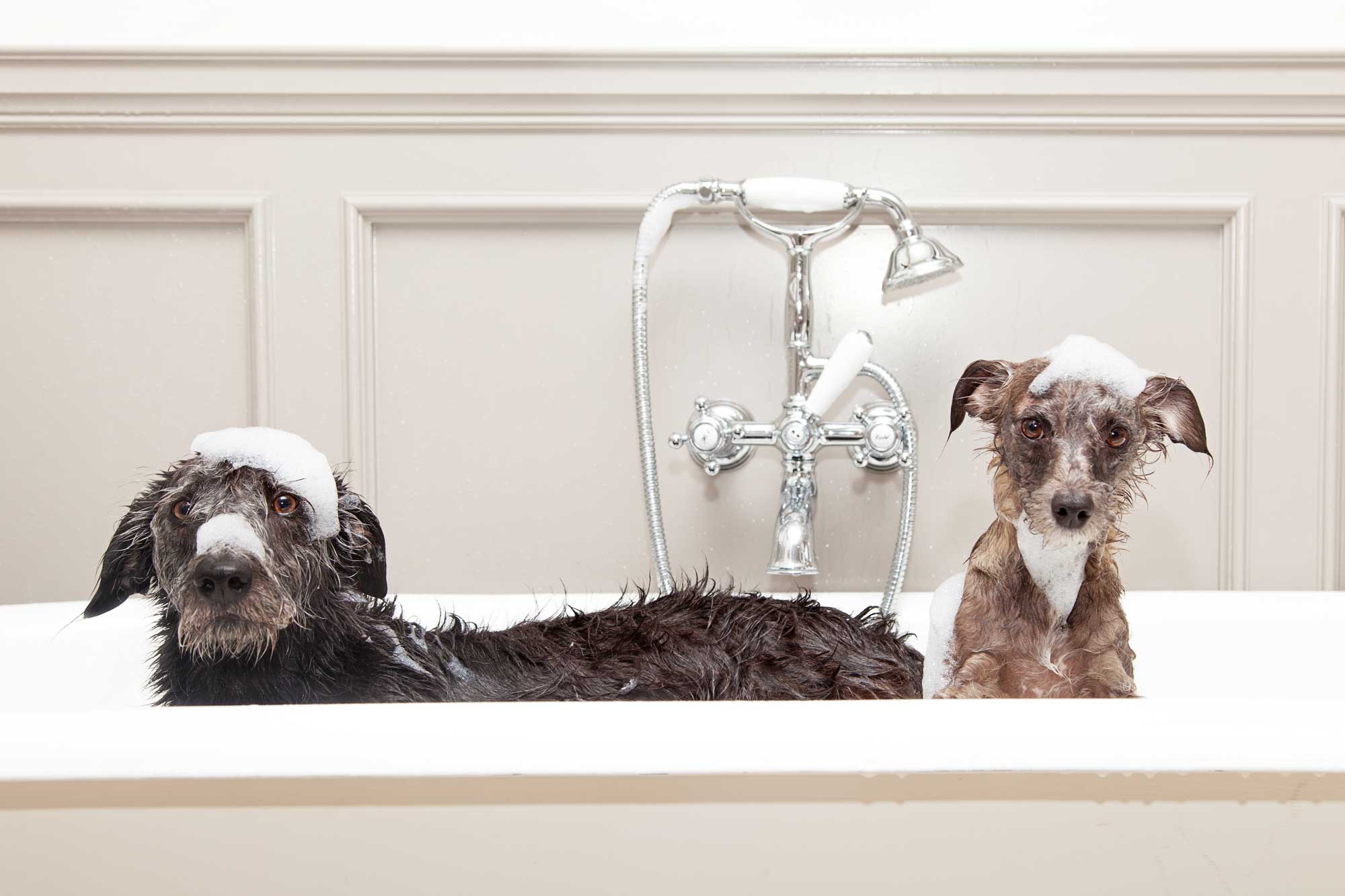

Bathroom Accessories
How To Get A Dog Into The Bathtub
Published: February 17, 2024
Learn the best techniques for getting your dog into the bathtub with the right bathroom accessories. Keep your furry friend clean and happy!
(Many of the links in this article redirect to a specific reviewed product. Your purchase of these products through affiliate links helps to generate commission for Storables.com, at no extra cost. Learn more)
Introduction
Introducing a dog to the bathtub can be a daunting task for many pet owners. Whether you have a new puppy or an older dog, the thought of coaxing them into the tub for a bath can be met with resistance and anxiety. However, with patience, understanding, and the right approach, you can help your furry friend overcome their fear and make bath time a positive experience for both of you.
Bathing your dog is an essential part of their grooming routine. It helps to keep their coat clean, their skin healthy, and can prevent unpleasant odors. However, many dogs have an inherent fear of water and may feel anxious or stressed when faced with the prospect of being bathed. This fear can stem from various factors, including past negative experiences, lack of exposure to water, or simply a natural aversion to the unfamiliar sensation of being wet.
Understanding your dog's fear is the first step in helping them overcome it. By recognizing their body language and behavior, you can gain insight into their apprehension and tailor your approach accordingly. It's important to approach the situation with empathy and patience, as forcing or coercing your dog into the bathtub can exacerbate their fear and lead to further resistance.
In this article, we will explore various strategies to help your dog overcome their fear of the bathtub and make bath time a positive and enjoyable experience. From creating a positive association with the bathtub to using treats and toys as incentives, we will delve into practical techniques that can help alleviate your dog's anxiety. Additionally, we will discuss the concept of gradual desensitization, where you can slowly acclimate your dog to the bathing process, as well as the use of calming techniques to promote relaxation.
By implementing these strategies and understanding your dog's individual needs and triggers, you can work towards transforming bath time from a source of stress to a bonding experience that strengthens the relationship between you and your beloved pet.
Key Takeaways:
- Helping your dog overcome bathtub fear requires patience, positive associations, treats, and gradual exposure. Understanding their fear and seeking professional help can make bath time a positive experience.
- Using toys, calming techniques, and professional support can ease your dog’s anxiety. With empathy and consistency, you can transform bath time into a bonding experience.
Read more: How To Get A Big Dog In The Bathtub
Understanding Your Dog's Fear
Understanding your dog's fear of the bathtub is crucial in addressing their apprehension and helping them overcome it. Dogs, like humans, can experience anxiety and fear in response to specific stimuli, and the bathtub may trigger these emotions for various reasons.
It's essential to observe your dog's body language and behavior when they are near the bathtub or when bath time is mentioned. Signs of fear or anxiety may include trembling, panting, pacing, avoidance behaviors, or vocalizations such as whining or barking. Additionally, some dogs may exhibit signs of stress through dilated pupils, flattened ears, or a tucked tail.
The fear of the bathtub can stem from a range of factors. For some dogs, it may be linked to a previous negative experience, such as slipping on the slick surface of the tub or encountering discomfort from water entering their ears or eyes. Other dogs may have a general fear of water due to lack of exposure or early negative encounters with bodies of water.
Furthermore, the unfamiliar sounds and sensations associated with bath time, such as running water, the sound of the drain, or the sensation of being wet, can contribute to a dog's fear and discomfort.
It's important to approach your dog with empathy and understanding, acknowledging that their fear is valid and real to them. Avoid dismissing their feelings or using forceful methods to coerce them into the bathtub, as this can heighten their anxiety and erode trust.
By recognizing and acknowledging your dog's fear, you can begin to tailor your approach to bath time in a way that minimizes stress and promotes a sense of safety and security. This may involve introducing gradual exposure to the bathtub, using positive reinforcement techniques, and creating a calm and reassuring environment to help alleviate their fear.
Understanding your dog's fear is the first step in building a foundation of trust and comfort that can ultimately lead to a more positive and relaxed bath time experience for both you and your furry companion.
Creating a Positive Association
Creating a positive association with the bathtub is a fundamental step in helping your dog overcome their fear and anxiety. By associating the bathtub with positive experiences, you can gradually shift your dog's perception from fear to comfort and relaxation. This process involves patience, consistency, and a focus on building trust and positive reinforcement.
One effective way to create a positive association is to introduce your dog to the bathtub in a non-threatening manner. Start by allowing your dog to explore the bathroom freely, including the bathtub area, without any pressure or expectations. This can help them acclimate to the environment and view it as a familiar and safe space.
Additionally, incorporating elements of play and relaxation near the bathtub can help your dog form positive associations. Place their favorite toys or blankets near the tub, encouraging them to engage in activities they enjoy in close proximity to the bathtub. This can help alleviate their anxiety and create a sense of comfort and security.
Another strategy is to offer treats and verbal praise when your dog shows interest in or approaches the bathtub. By pairing the presence of the bathtub with rewards, you can reinforce the idea that being near the tub is a positive and rewarding experience. Over time, this can help your dog develop a more positive outlook on bath time.
Furthermore, incorporating calming scents, such as lavender or chamomile, in the bathroom environment can promote relaxation and create a soothing atmosphere for your dog. These scents can help reduce stress and anxiety, making the bathtub area a more inviting and tranquil space for your furry friend.
Consistency is key when creating a positive association. By incorporating these strategies into your daily routine and gradually increasing your dog's exposure to the bathtub in a positive context, you can help them build confidence and ease their apprehension.
By focusing on positive reinforcement, patience, and a gentle approach, you can help your dog develop a positive association with the bathtub, paving the way for a more relaxed and enjoyable bath time experience.
Using Treats and Toys
Introducing treats and toys into the process of acclimating your dog to the bathtub can be a highly effective strategy in alleviating their fear and creating a positive association with bath time. Dogs are naturally responsive to incentives, and by utilizing treats and toys, you can encourage them to view the bathtub as a source of enjoyment and reward.
One approach is to use high-value treats that your dog finds particularly enticing. These treats should be reserved exclusively for bath time, creating a strong association between the bathtub and a positive, rewarding experience. When your dog shows interest in or approaches the bathtub, offer them a treat as a form of positive reinforcement. This can help them associate the bathtub with a sense of anticipation and pleasure, gradually diminishing their fear and reluctance.
In addition to treats, incorporating interactive toys can engage your dog's attention and distract them from any apprehension about the bathing process. Interactive toys, such as puzzle feeders or chew toys, can be introduced near the bathtub to create a playful and enjoyable atmosphere. By engaging your dog in playful activities near the bathtub, you can help them associate the area with fun and relaxation, reducing their anxiety and building a positive connection.
Furthermore, using toys that are specifically designed to be used in water can help your dog become more comfortable with the sensation of being wet. Floating toys or waterproof chew toys can serve as a source of entertainment and diversion during bath time, transforming the experience into a lighthearted and enjoyable activity for your dog.
It's important to remain patient and consistent when using treats and toys to acclimate your dog to the bathtub. By incorporating these incentives into the process of familiarizing your dog with the bathing environment, you can gradually shift their perception from fear to comfort and enjoyment. Over time, the presence of treats and toys can serve as a reassuring and positive aspect of bath time, helping your dog feel more at ease and willing to engage in the grooming process.
By integrating treats and toys into the bathing routine, you can create a rewarding and enjoyable experience for your dog, fostering a positive association with the bathtub and ultimately making bath time a stress-free and pleasant activity for both you and your furry companion.
Use positive reinforcement by giving treats and praise to encourage your dog to approach the bathtub. Start by letting them explore the tub without water, then gradually introduce water while continuing to reward them.
Gradual Desensitization
Gradual desensitization is a systematic and gentle approach to help your dog overcome their fear of the bathtub by slowly acclimating them to the bathing process. This method involves breaking down the overall bathing experience into smaller, manageable steps, allowing your dog to become familiar with each stage at their own pace. By gradually exposing your dog to the various elements of bath time in a controlled and positive manner, you can help alleviate their anxiety and build confidence over time.
The first step in gradual desensitization is to introduce your dog to the bathroom environment without any pressure or expectations. Allow them to explore the space freely, including the bathtub area, while observing their body language and reactions. This initial exposure can help your dog become more comfortable in the bathroom setting and reduce their apprehension about the bathing process.
Once your dog is at ease in the bathroom, the next phase involves introducing them to the bathtub itself. Start by encouraging your dog to approach the bathtub voluntarily, using treats and verbal praise to reinforce their positive behavior. Allow them to sniff and investigate the tub at their own pace, ensuring that they feel safe and relaxed throughout the process.
As your dog becomes more accustomed to the presence of the bathtub, you can gradually introduce them to the sound of running water. Begin by turning on the faucet at a low flow, allowing your dog to hear the sound from a distance. Over time, gradually increase the volume of the running water, always monitoring your dog's response and providing reassurance as needed.
The next step in gradual desensitization involves acclimating your dog to the sensation of being wet. Using a damp cloth or sponge, gently stroke your dog's fur to simulate the feeling of water. Pair this tactile experience with positive reinforcement, such as treats and soothing verbal cues, to help your dog associate the sensation of being wet with comfort and reassurance.
Throughout the process of gradual desensitization, it's essential to proceed at your dog's pace, respecting their comfort level and providing ample encouragement and support. By breaking down the bathing experience into manageable steps and allowing your dog to become familiar with each stage gradually, you can help them overcome their fear of the bathtub in a gentle and effective manner.
By implementing gradual desensitization, you can empower your dog to approach bath time with increased confidence and a sense of security, ultimately transforming the bathing experience into a positive and stress-free routine for both you and your beloved pet.
Read more: Why Does My Dog Get In The Bathtub?
Using Calming Techniques
Introducing calming techniques can significantly contribute to easing your dog's anxiety and fear associated with bath time. By creating a serene and soothing environment, you can help your dog feel more relaxed and at ease, ultimately transforming the bathing experience into a positive and calming ritual.
One effective calming technique is the use of gentle massage and touch. Before and during bath time, gently massage your dog's body, particularly focusing on areas where they hold tension or exhibit signs of stress. This tactile stimulation can promote relaxation and help your dog associate physical touch with comfort and reassurance. Additionally, incorporating slow, rhythmic strokes and gentle petting can help soothe your dog's nerves and create a sense of tranquility.
Another valuable calming technique is the integration of soft music or white noise in the bathroom environment. Playing calming music or nature sounds at a low volume can help drown out any startling noises and create a serene atmosphere for your dog. The soothing melodies can have a calming effect on your dog's nervous system, promoting a sense of relaxation and reducing their anxiety during bath time.
Furthermore, utilizing aromatherapy can be a powerful tool in creating a calming environment for your dog. Certain scents, such as lavender and chamomile, are known for their calming properties and can help alleviate stress and anxiety. Consider using a pet-safe essential oil diffuser in the bathroom, dispersing gentle and calming scents that can help your dog feel more at ease and tranquil during the bathing process.
In addition to these techniques, incorporating deep breathing exercises can help both you and your dog relax during bath time. By practicing slow, deep breaths and maintaining a calm demeanor, you can convey a sense of tranquility to your dog, helping them feel more secure and at ease. Your own relaxed energy can have a profound impact on your dog's emotional state, fostering a sense of calm and reassurance.
By integrating these calming techniques into the bathing routine, you can create a serene and peaceful environment that promotes relaxation and comfort for your dog. These techniques can help alleviate their anxiety and fear, ultimately making bath time a tranquil and enjoyable experience for both you and your beloved pet.
Seeking Professional Help
Seeking professional help can be a valuable resource for pet owners who are facing challenges in acclimating their dogs to bath time. While many dogs can overcome their fear of the bathtub with patient and consistent efforts, some may require additional support from a qualified professional to address deep-seated anxieties or behavioral issues.
A certified dog trainer or animal behaviorist can offer specialized expertise in understanding and addressing your dog's fear of the bathtub. These professionals have the knowledge and experience to assess your dog's behavior, identify underlying triggers of fear or anxiety, and develop tailored strategies to help your dog overcome their apprehension.
Professional trainers and behaviorists can conduct thorough assessments to determine the root cause of your dog's fear, whether it stems from past traumatic experiences, lack of socialization, or specific triggers associated with the bathing environment. By gaining insight into the underlying factors contributing to your dog's fear, these experts can devise personalized behavior modification plans that target the specific needs of your dog.
Additionally, professional trainers and behaviorists can provide guidance on desensitization techniques, positive reinforcement methods, and specialized training exercises to help your dog build confidence and resilience in the face of their fear. They can offer valuable insights into creating a structured and supportive environment for your dog, as well as implementing effective training protocols to gradually acclimate them to the bathing process.
Furthermore, seeking professional help can also be beneficial for pet owners who may feel overwhelmed or uncertain about how to navigate their dog's fear of the bathtub. A qualified professional can offer emotional support, practical guidance, and reassurance, empowering pet owners with the knowledge and skills to support their dogs through the process of overcoming their fear.
In some cases, a veterinarian may also play a crucial role in addressing your dog's fear of the bathtub, particularly if underlying health issues or physical discomfort are contributing to their anxiety. A thorough veterinary examination can help rule out any medical conditions that may be exacerbating your dog's fear and ensure that they are in optimal physical health.
Ultimately, seeking professional help can provide pet owners with the expertise, guidance, and support needed to help their dogs overcome their fear of the bathtub in a safe and effective manner. By collaborating with knowledgeable professionals, pet owners can gain valuable insights and resources to support their dogs through the process of building confidence and comfort, ultimately fostering a positive and stress-free bath time experience for both the pet and their owner.
Conclusion
In conclusion, helping your dog overcome their fear of the bathtub is a journey that requires patience, understanding, and a compassionate approach. By recognizing and acknowledging your dog's fear, you can tailor your efforts to create a positive and supportive environment that fosters trust and comfort. From creating a positive association with the bathtub to utilizing treats, toys, and calming techniques, there are various strategies that can help alleviate your dog's anxiety and transform bath time into a positive experience.
It's important to approach the process with empathy and respect for your dog's individual needs and triggers. Each dog is unique, and their journey to overcoming their fear of the bathtub may unfold at their own pace. By remaining patient, consistent, and supportive, you can empower your dog to gradually build confidence and resilience in the face of their fear.
Furthermore, seeking professional help from certified dog trainers, animal behaviorists, or veterinarians can provide valuable expertise and guidance, particularly for dogs with deep-seated anxieties or complex behavioral issues. Professional support can offer tailored strategies, emotional reassurance, and practical insights to help both the pet owner and the dog navigate the process of overcoming fear in a safe and effective manner.
Ultimately, the goal is to transform bath time from a source of stress and anxiety into a bonding experience that strengthens the relationship between you and your beloved pet. By implementing the strategies discussed in this article and approaching the process with empathy and understanding, you can work towards creating a positive and enjoyable bath time routine that benefits both you and your furry companion.
Remember, the journey to helping your dog feel comfortable and secure in the bathtub is a gradual and rewarding process. With patience, perseverance, and a focus on building trust and positive associations, you can support your dog in overcoming their fear and create a harmonious bathing experience that enhances their well-being and strengthens the bond between you and your loyal companion.
Frequently Asked Questions about How To Get A Dog Into The Bathtub
Was this page helpful?
At Storables.com, we guarantee accurate and reliable information. Our content, validated by Expert Board Contributors, is crafted following stringent Editorial Policies. We're committed to providing you with well-researched, expert-backed insights for all your informational needs.
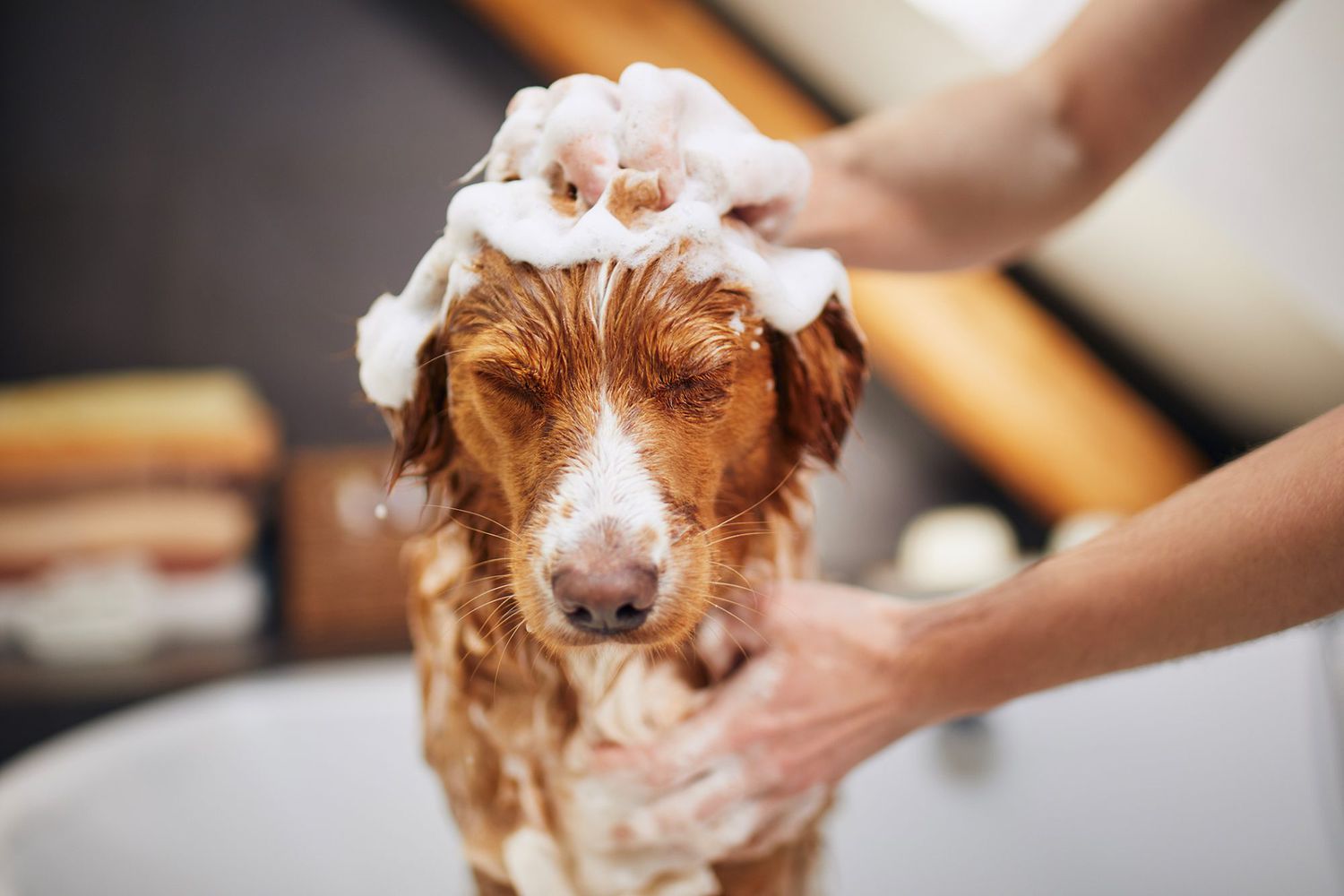
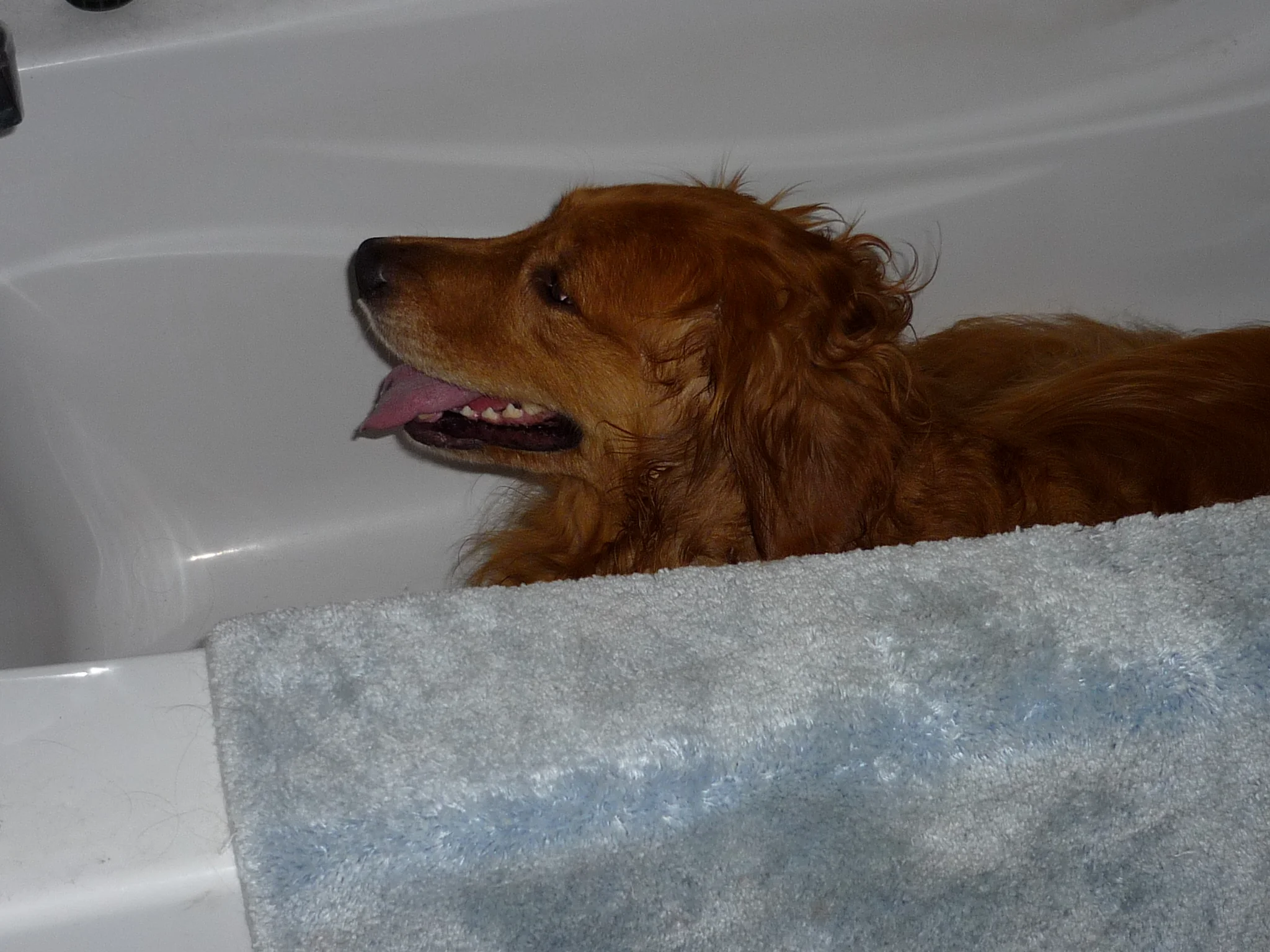
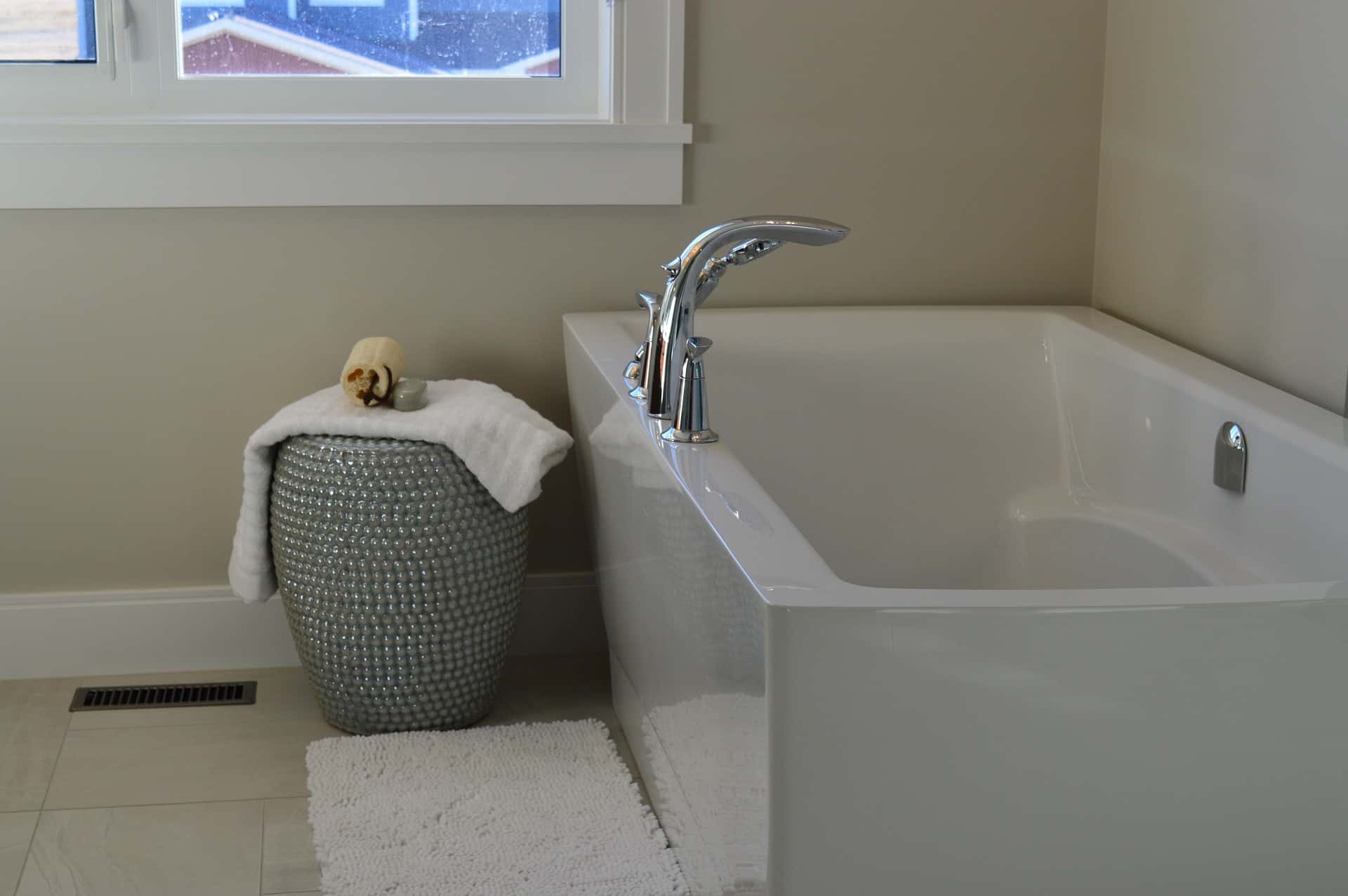
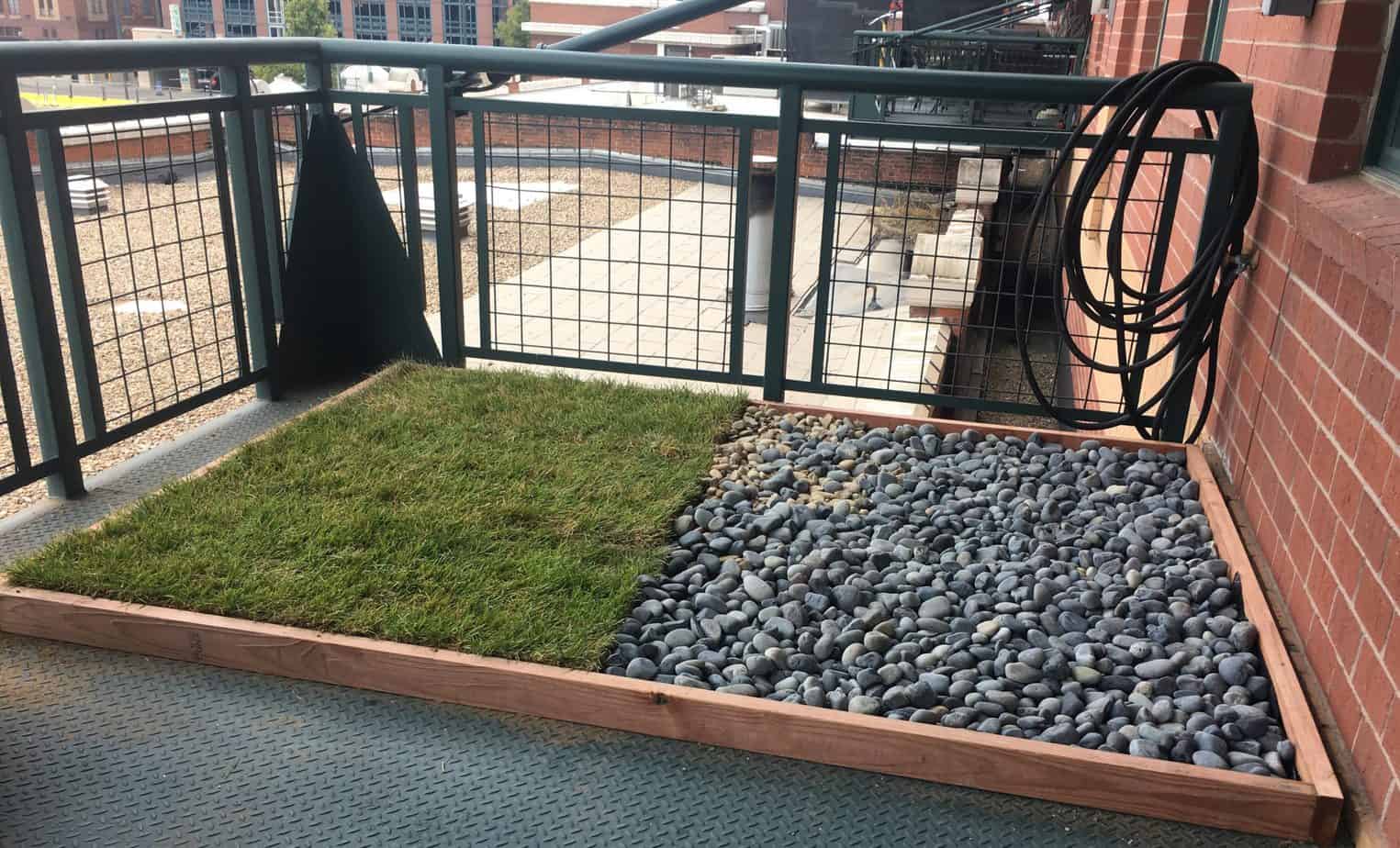
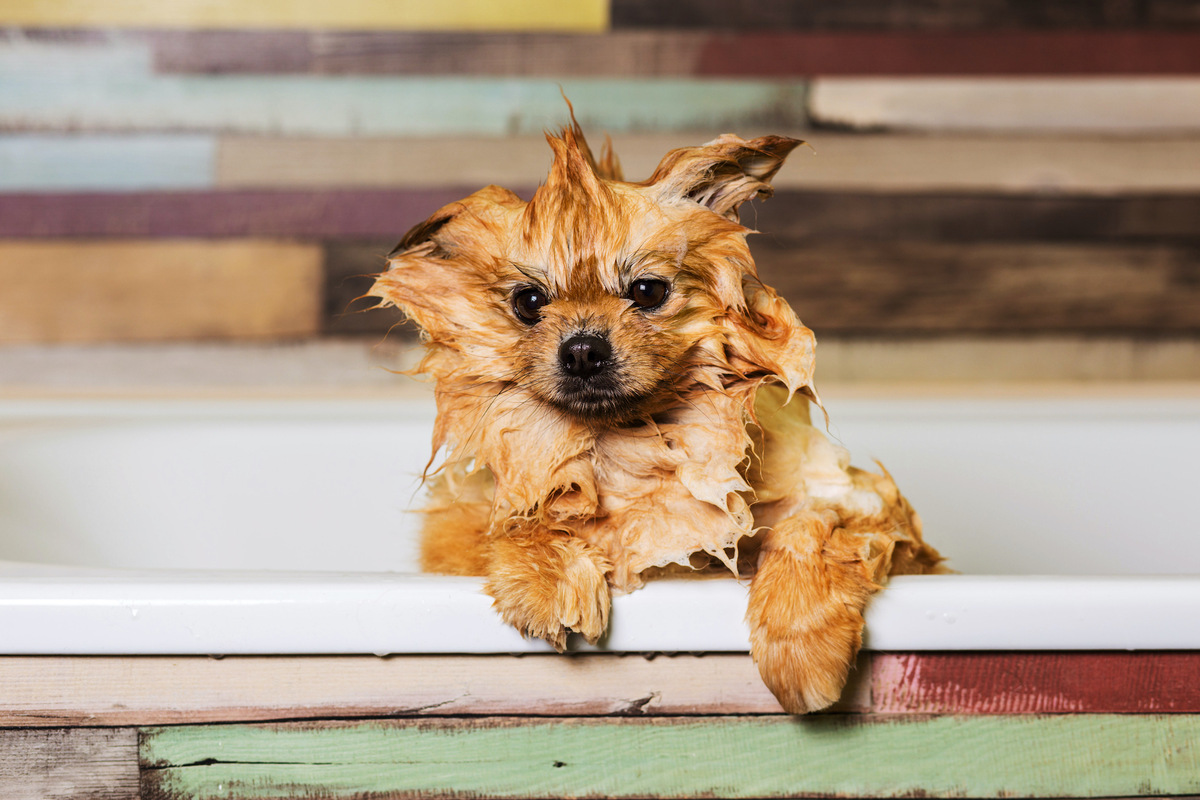
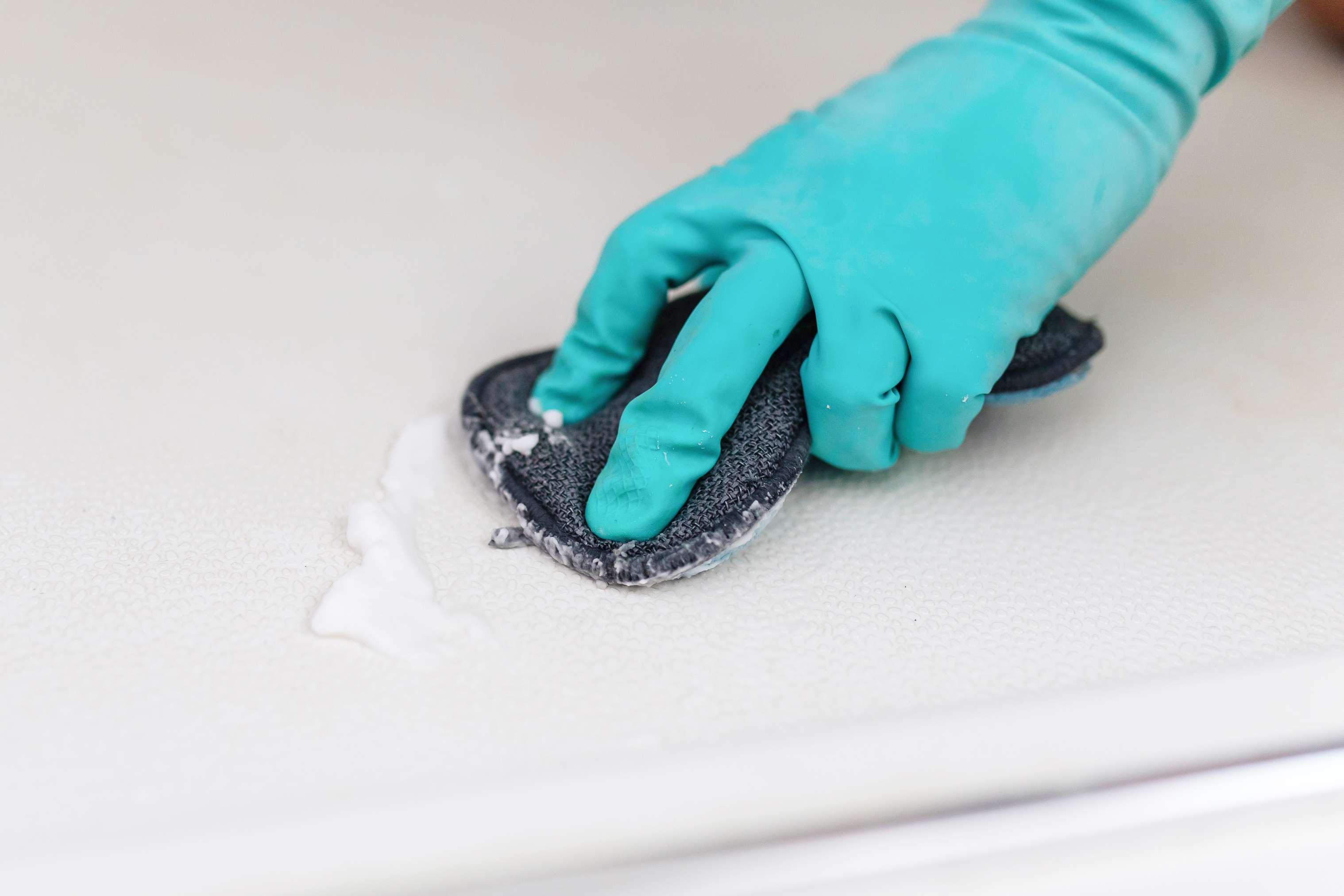
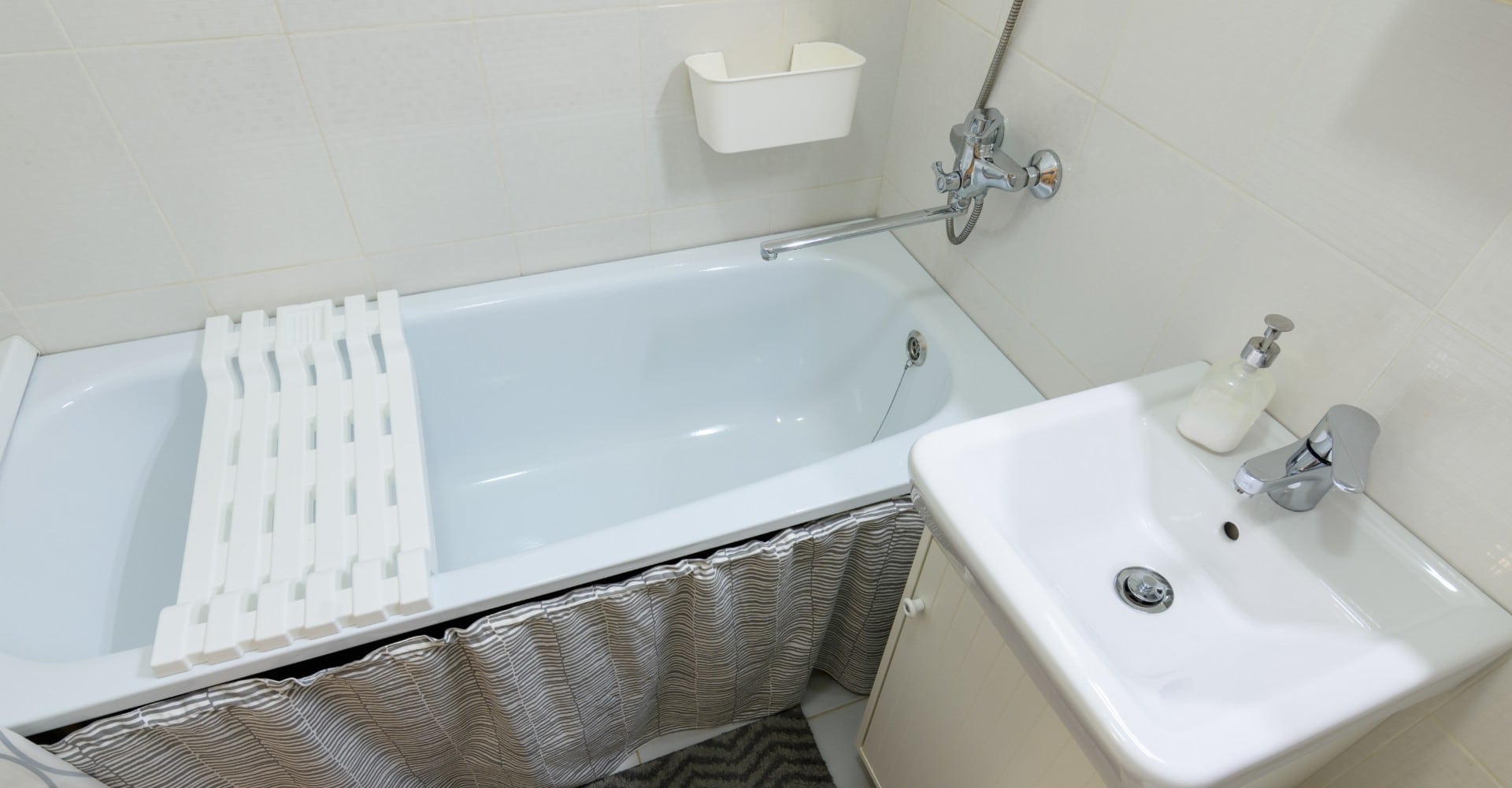
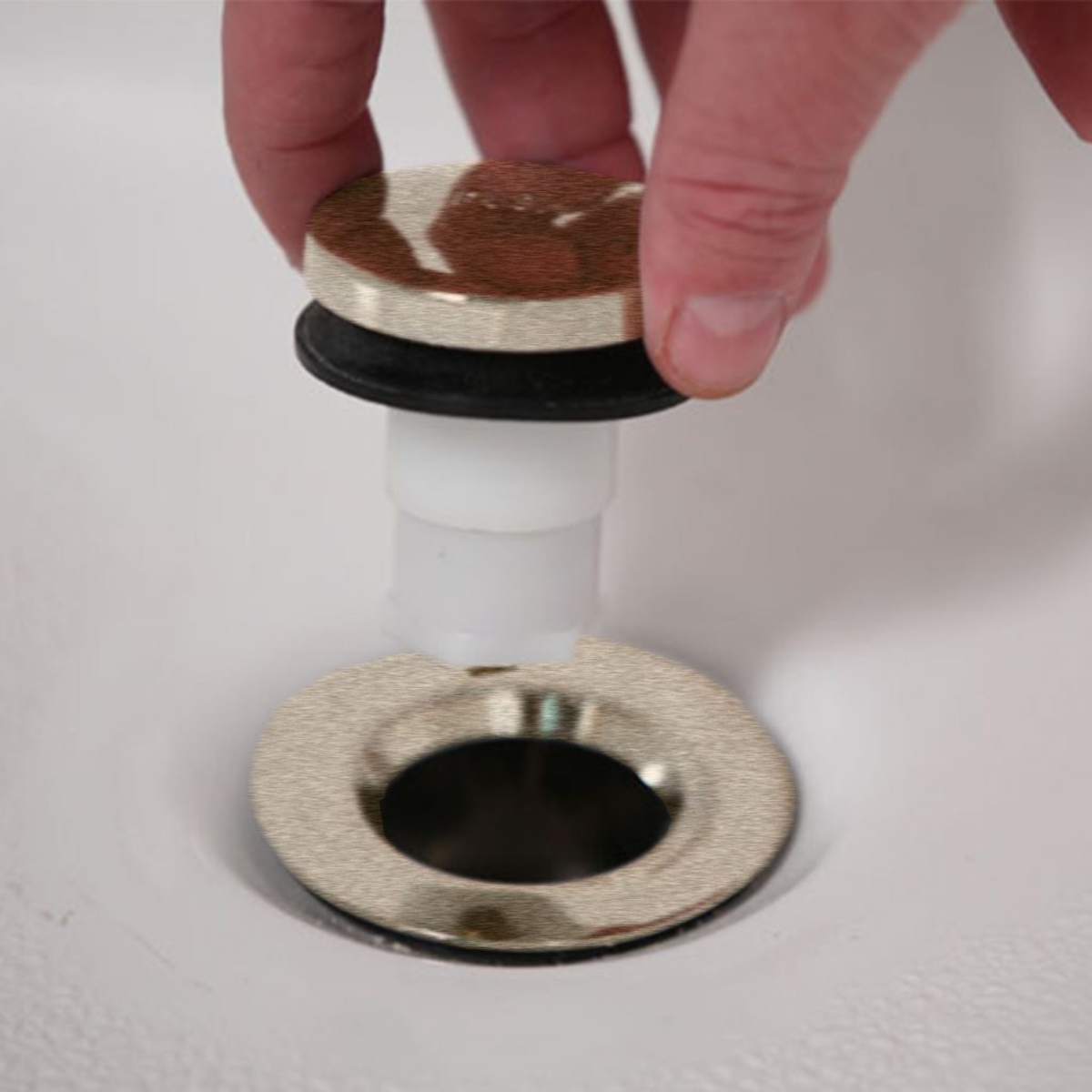
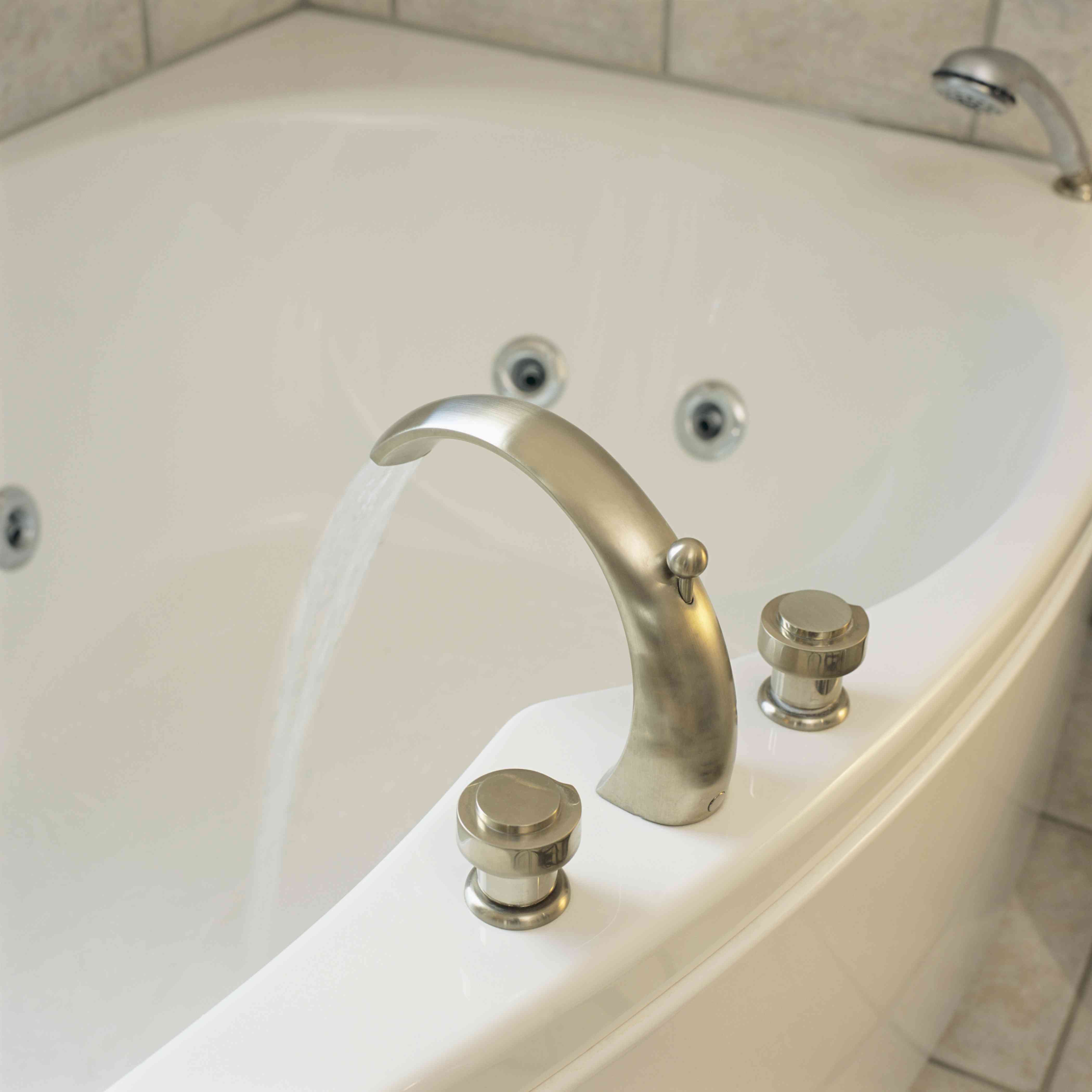
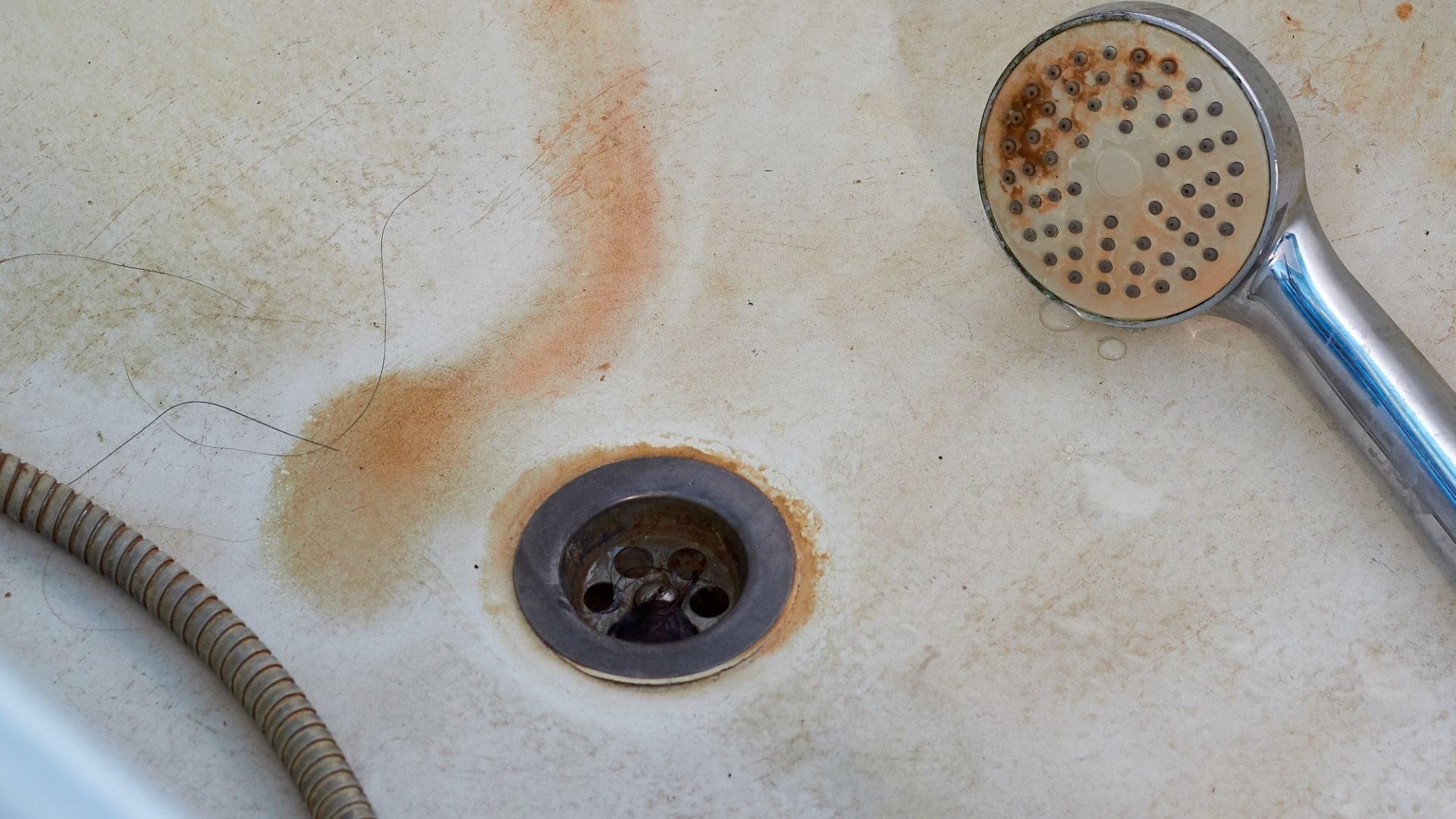
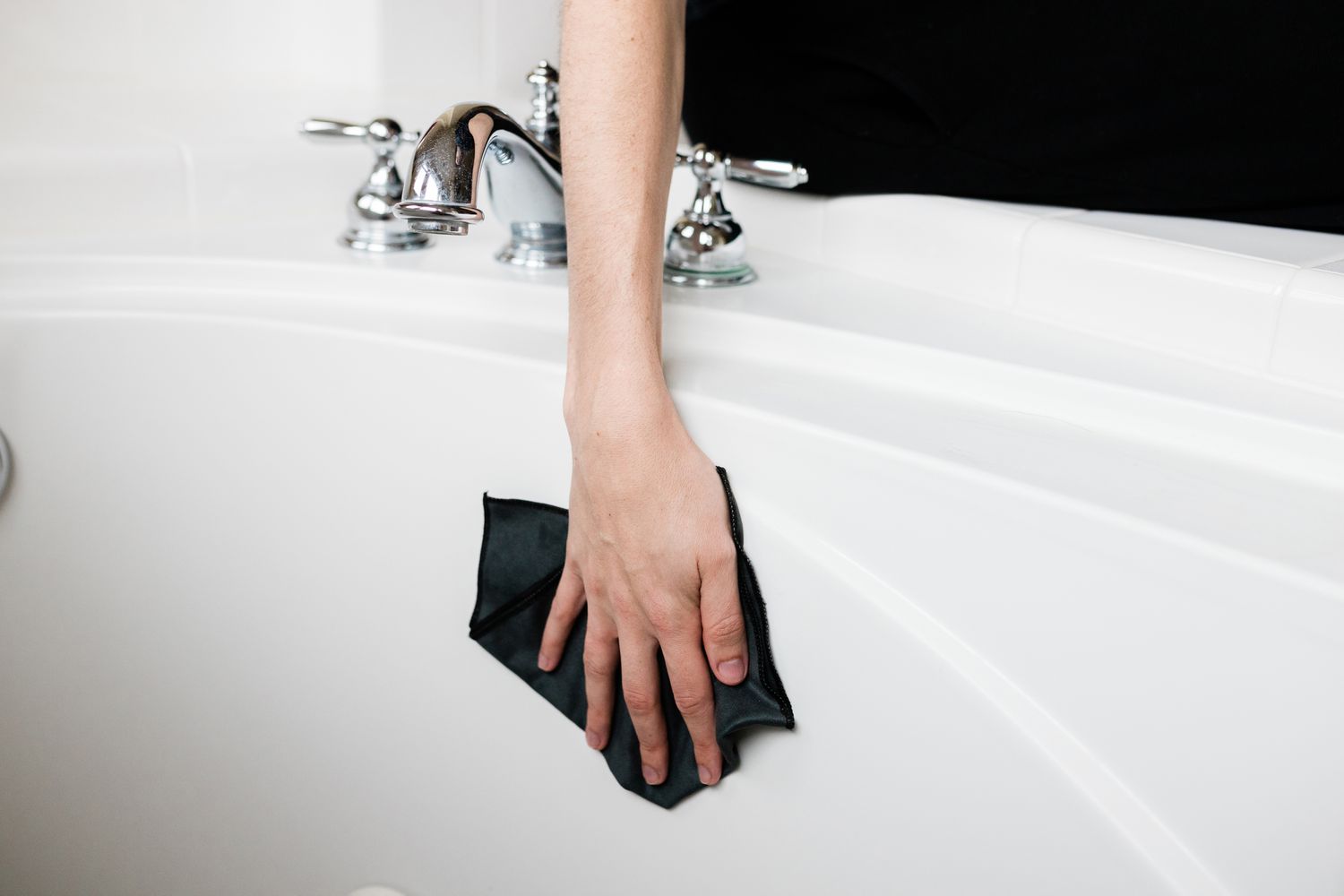

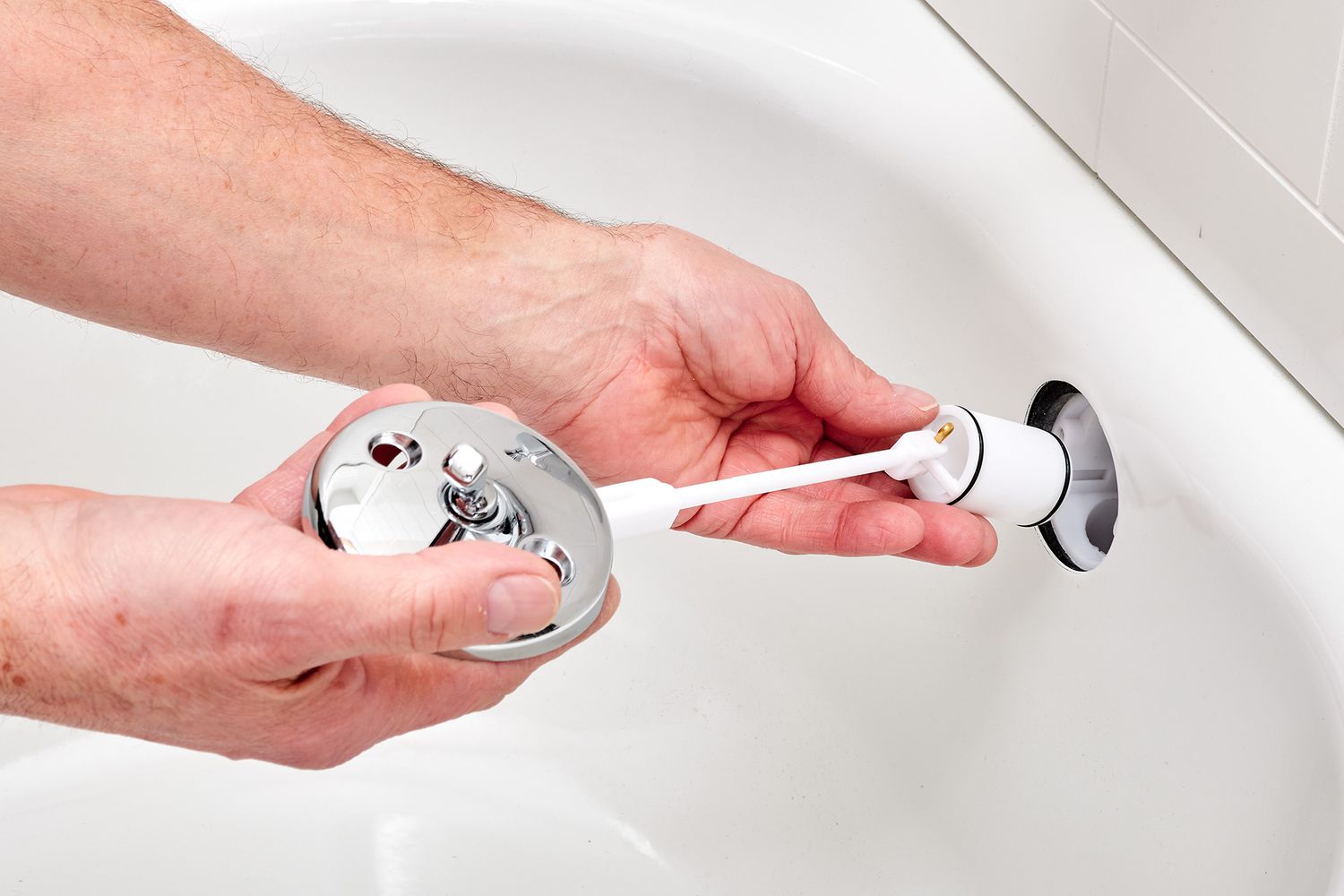

0 thoughts on “How To Get A Dog Into The Bathtub”